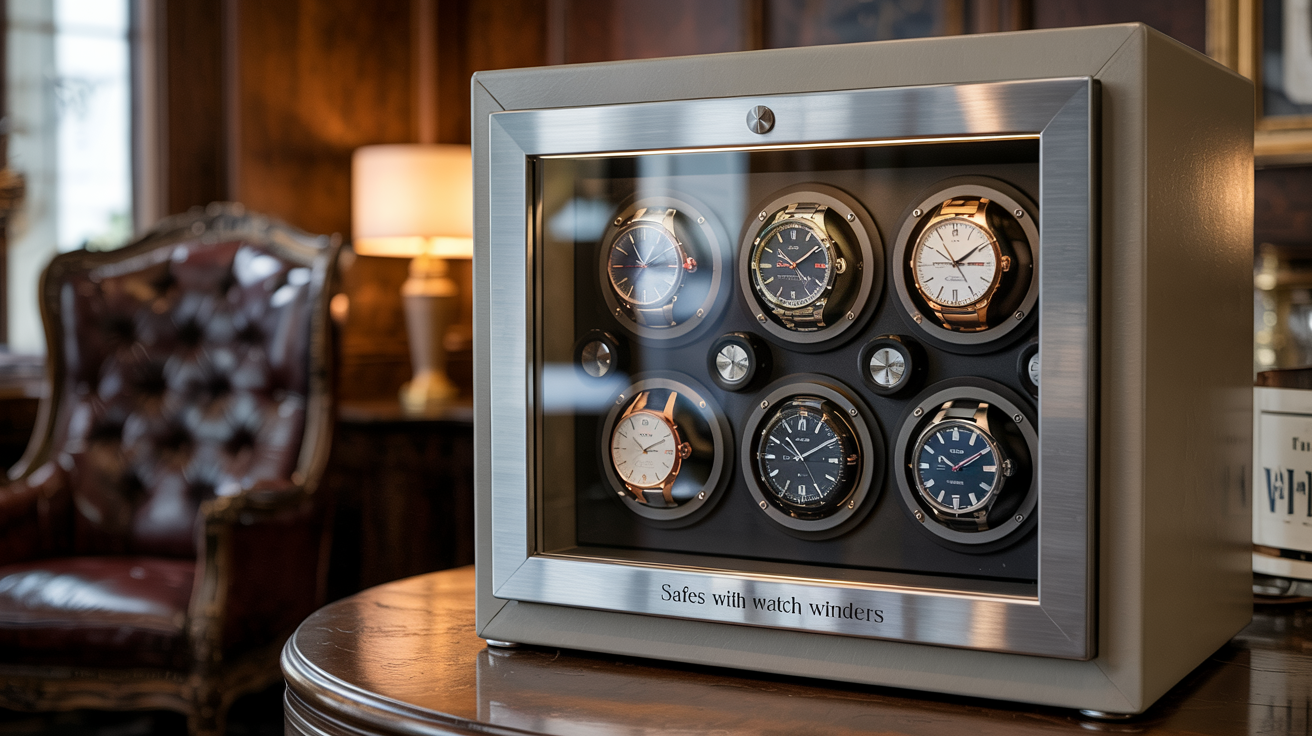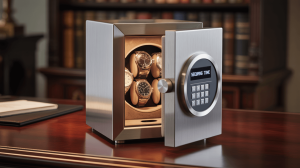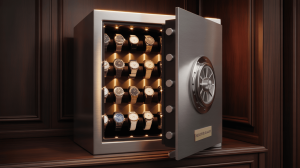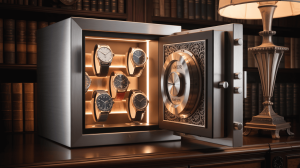For luxury watch owners, protecting your timepieces is about more than security—it’s about preserving their mechanical soul. But here’s the kicker: a watch winder safe doesn’t just guard your investment—it keeps your automatic watches running like they’re on your wrist. This guide reveals how these high-tech marvels blend style, innovation, and practicality for collectors who demand the best.
1. What Are Safes with Watch Winders?
Imagine a vault that doubles as a personal valet for your watches. Ready for the good part? Watch winder safes solve two problems at once: theft prevention and mechanical maintenance.
Key components include:
- Programmable rotors to mimic natural wrist motion
- Climate control systems to prevent humidity damage
- Military-grade locks to deter thieves
Traditional safes fall short because they leave watches stagnant. Without motion, lubricants dry out, and gears seize—costing you thousands in repairs.
| Feature | Traditional Safe | Watch Winder Safe |
|---|---|---|
| Movement | Static | Customizable rotation |
| Humidity Control | None | Precision digital controls |
| Maintenance | Manual winding | Fully automated |
2. How Do Watch Winders Protect Automatic Watches?
Automatic watches thrive on movement—but here’s the twist: too much rotation damages mechanisms, while too little stops them cold.
● Bidirectional Rotation: Matches your watch’s needs (e.g., Rolex = 650 turns/day clockwise).
● Quiet Motors: Advanced brushless tech operates below 15dB.
● Power Backup: Keeps winding during outages.
A 2023 Horological Institute study found 68% of automatic watch repairs stem from improper storage.
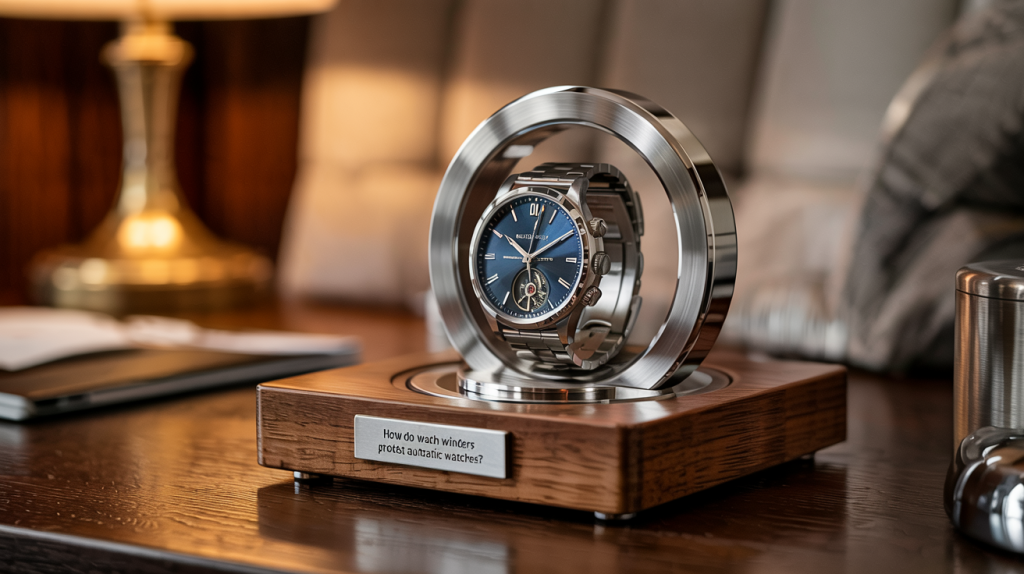
3. What Security Features Are Essential?
Thieves target luxury watches, but here’s how to outsmart them:
- Biometric Locks: Fingerprint scanners defeat lockpicks.
- Reinforced Steel: 10mm steel plates resist drills for 45+ minutes.
- GPS Trackers: Hidden chips alert you via smartphone if moved.
4. Climate Control: Your Watch’s Invisible Bodyguard
Ever opened a safe to foggy crystals? Humidity causes that. Premium systems maintain 45–55% RH to prevent:
- Metal corrosion in movements
- Leather strap mold
- Enamel dial cracks
| Dehumidifier Type | Cost | Lifespan |
|---|---|---|
| Silica Gel | $15 | 3 months |
| Electric | $250+ | 5+ years |
5. Are These Safes Travel-Friendly?
Frequent flyers, rejoice! Portable units like the Wolf Roadster offer:
- TSA-approved combo locks
- Shock-absorbing foam inserts
- Dual power (USB + battery)
Case study: A Dubai collector saved his $80k Patek Philippe collection during a bumpy cargo flight using a travel-safe model.
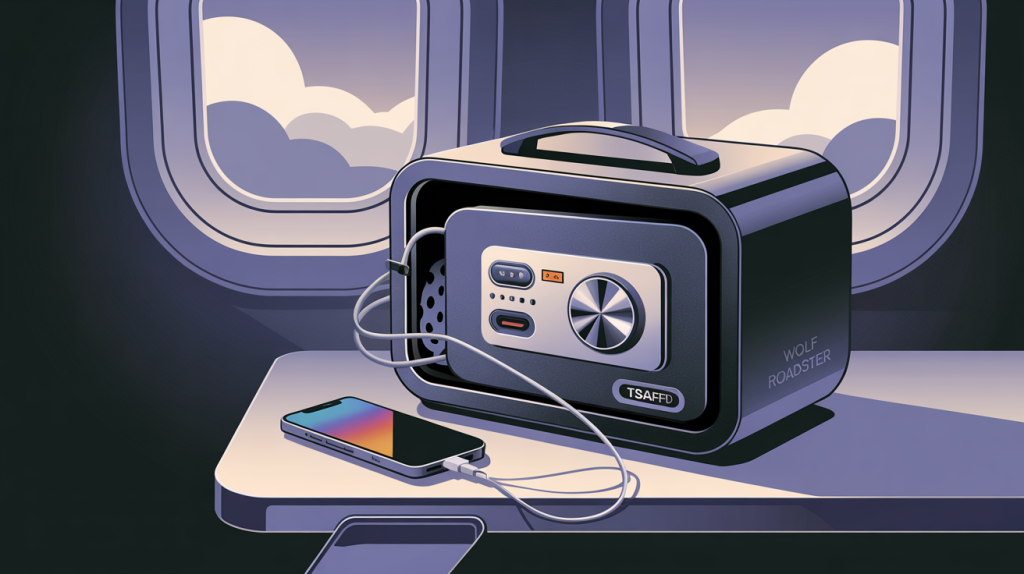
6. Choosing the Right Size for Your Collection
Here’s a pro tip: Buy 25% bigger than your current collection. A “10-watch” safe fits 8 comfortably—crowding causes scratches.
● Wall-Mounted Options: Save floor space in apartments.
● Modular Trays: Reconfigure layouts for oversized models like Panerais.
7. Single vs. Multi-Watch Units: Which Fits Your Lifestyle?
Single winders suit minimalists, but here’s the real story: Multi-watch systems save time and energy.
● Sync Settings: Run all winders on one schedule.
● Dual Zones: Separate humidification for leather/nylon straps.
8. Material Matters: Built to Last Generations
Skip flimsy builds. The best safes use:
- 316L Stainless Steel: Saltwater-resistant for coastal homes.
- Anti-Reflective Glass: Displays watches without UV fading.
- Ceramic Composite: Fireproof up to 1,200°C.
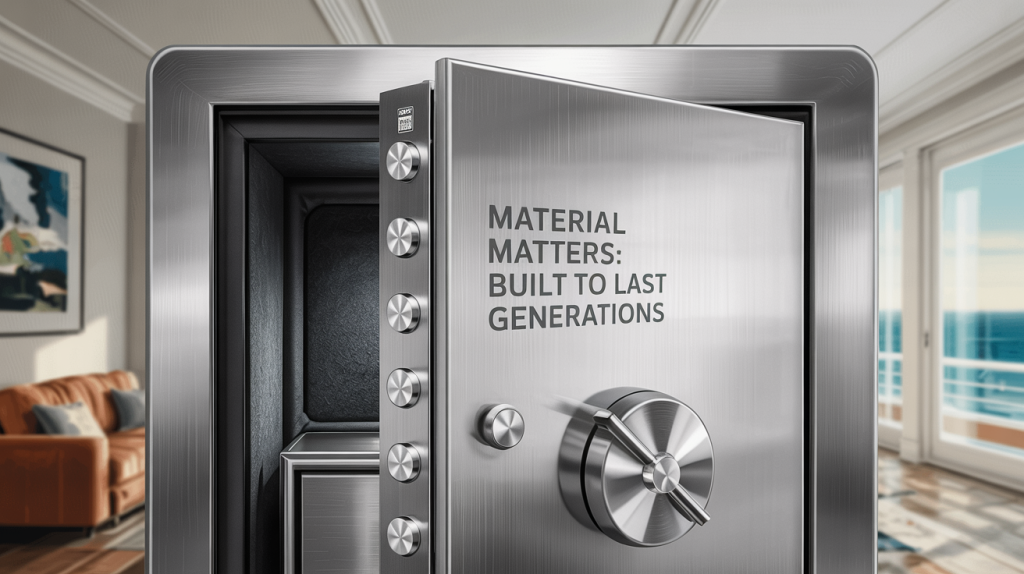
9. Customization: Make It Uniquely Yours
Brands like Homisafe let you:
- Engrave initials on the door
- Choose LED colors (cool white for modern aesthetics)
- Add QR codes linking to watch manuals
10. Smart Tech Integration: Control at Your Fingertips
Modern safes sync with your ecosystem:
- App Alerts: Get humidity/tamper warnings on your phone.
- Voice Control: Adjust settings via Alexa/Google Home.
- Usage Reports: Track winding hours for service schedules.
11. Maintenance Made Simple
Keep your safe running smoothly with:
- Biannual Lubrication: Use silicone oil on rotor bearings.
- Annual Dehumidifier Checks: Replace cartridges pre-monsoon.
- Software Updates: Enhance security protocols yearly.
12. Cost vs. Value: Are They Worth the Investment?
A $3,500 safe protects $150k in watches. Bonus: Insurers like Chubb offer 15–20% discounts for certified models.
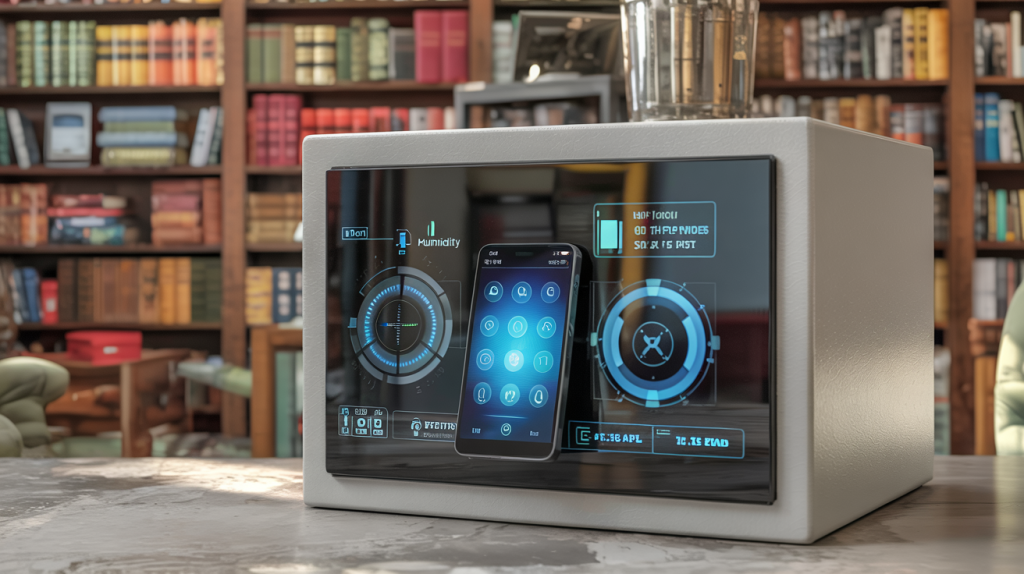
13. Installation Dos and Don’ts
- Do: Anchor to concrete walls with titanium bolts.
- Don’t: Place near radiators or AC vents.
14. Common Mistakes to Avoid
- Using generic settings for tourbillons
- Ignoring moisture indicator alerts
- Stacking watches without separators
15. Why Homisafe Stands Out
Homisafe’s OEM service delivers:
- Custom sizes for antique pocket watches
- Multi-language interfaces for global clients
- Bulk discounts for dealerships
Conclusion
A watch winder safe isn’t just a purchase—it’s a long-term partnership with your timepieces. By combining bank-level security with horological care, it ensures your collection stays pristine, accurate, and ready to impress.
FAQ Section
Q1: How often should I run the winder?
Most watches need 8–12 hours of daily rotation.
Q2: Can I store quartz watches inside?
Yes—disable the winder to conserve battery life.
Q3: Do these safes use much electricity?
Average usage: 20–50W—like a laptop charger.
Q4: Are Homisafe’s products waterproof?
Yes, IP68-rated models survive full submersion.
Q5: What’s the lead time for custom orders?
6–8 weeks for bespoke designs.

